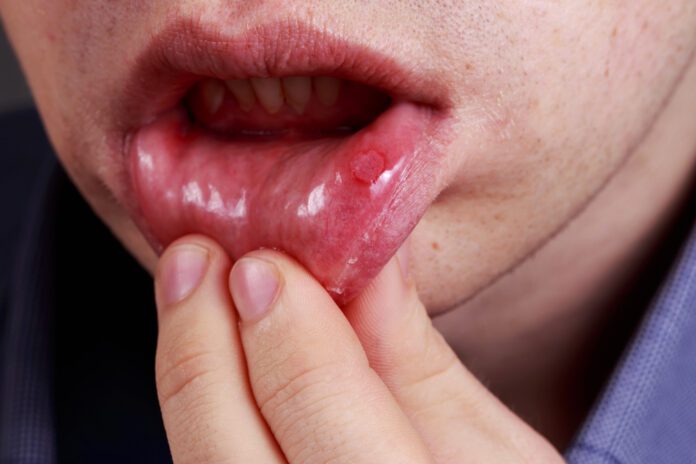Overview Of Behçet Disease
Behçet disease, an inflammatory condition, affects many parts of the body. Vasculitis (inflammation of the blood vessels) in Behçet affects the small vessels in the mouth, skin, eyes, and genitals.
Other names include Old Silk Road disease, adamantiades-Behcet disease, triple symptom complex, Behçet triple symptom complex, Behçet’s disease, Behçet syndrome, Behçet’s syndrome, and malignant apthosis.
Behcet’s usually manifests in a person’s twenties or thirties, though it can show up at any age. This disease is most prevalent in Japan, the Middle East, Mediterranean countries, and other parts of Asia. Northern Turkey has the highest rates of all. In Turkey, roughly 420 out of every 100,000 people are affected. In contrast, in the United States, and northern European countries, a mere 1 in 100,000 people are affected. Though a tiny number of occurrences run in families, there is no clear evidence it is inherited.
Causes Of Behçet Disease
It is unknown what causes Behçet. It is believed that a combination of (as yet unknown) environmental and genetic factors are responsible. A specific variant of gene HLA-B presents a strong risk factor in developing Behçet disease. HLA-B is responsible for making a protein that is important for immune function. This gene is part of the HLA (human leukocyte antigen) complex, which helps the immune system differentiate proteins made by the body itself, versus proteins made by foreign invaders, like bacteria, and virii.
HLA-B has myriad normal variants. However, having one specific variation- HLA-B51- ups the risk of Behçet by a factor of six, although the mechanism is not understood well. One- to two-thirds of people who develop Behçet will end up with the HLA-B51 variant, however most of the people with HLA-B51 never develop Behçet at all.
Symptoms
Topical
Mouth sores (aphthous ulcers) are usually the first sign of Behçet disease. They look like canker sores, and can occur on the back of the throat, the roof of the mouth, the tongue, the lips, and inside the cheeks. Of those with Behçet, around 75% will get matching ulcers on their genitals. They crop up most frequently on the labia of women, and the scrotum of men. In addition, pus-filled bumps or sores develop on the skin and can occur anywhere on the body. As an added ‘bonus’, some lucky folk develop tender, red nodules known erythema nodosum, on the legs.
At its mildest (relatively speaking), Behçet disease may only cause sores in the mouth and on the genitals. More severe symptoms affect other body areas, such as the eyes, and joints. Symptoms of Behçet come and go over over months to years. However, in those most severely affected, symptoms do improve with age.
Other
More than half of those diagnosed with Behçet develop uveitis (eye inflammation). Uveitis can cause blurred vision, and photosensitivity, though it is rare for there to be pain or redness. Eye issues in Behçet are more common in the young, and in males. Untreated, these problems can lead to blindness. Behçet disease often affects the joints as well, one at a time. The joint becomes swollen and painful, however, it usually resolving on its own.
Behçet does not usually attack the viscera, though it can happen. The kidneys, lungs, heart, major vessels, and the central nervous system (CNS) can all be affected. The CNS processes tons of data every second. Behçet effects on the CNS can lead to headaches, memory loss, impaired speech, and balance and coordination issues. In addition, if Behçet affects the intestinal tract, it may lead to a perforated intestine. This is a very dangerous, life-threatening symptom.



